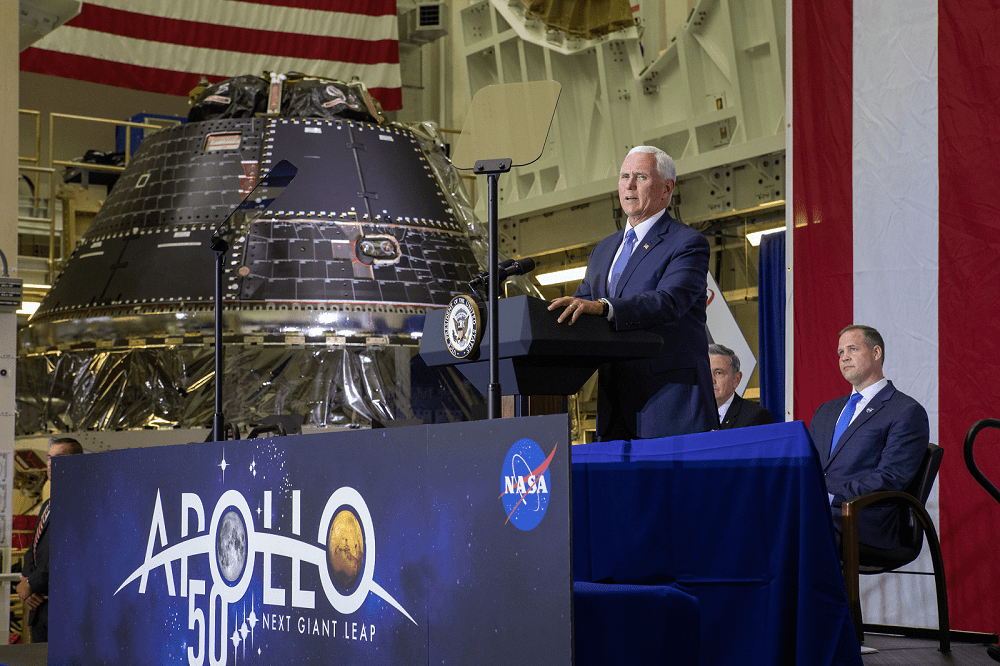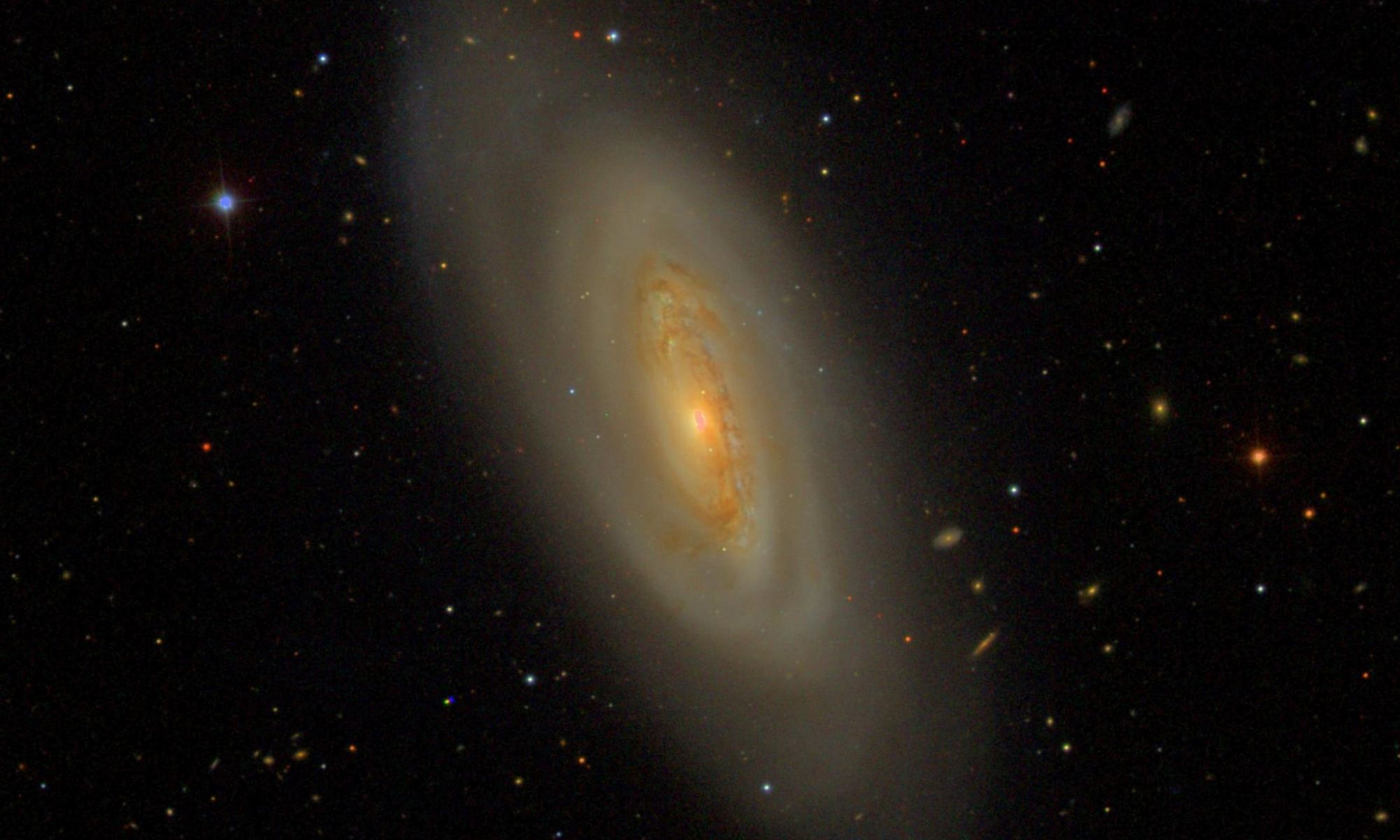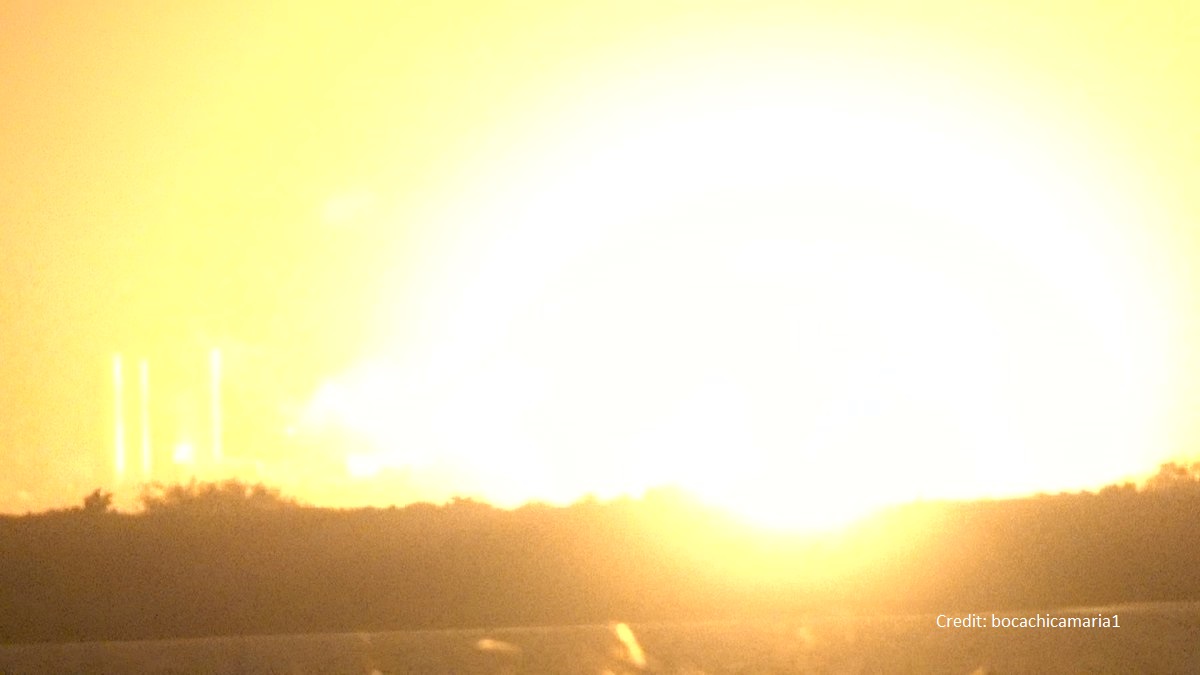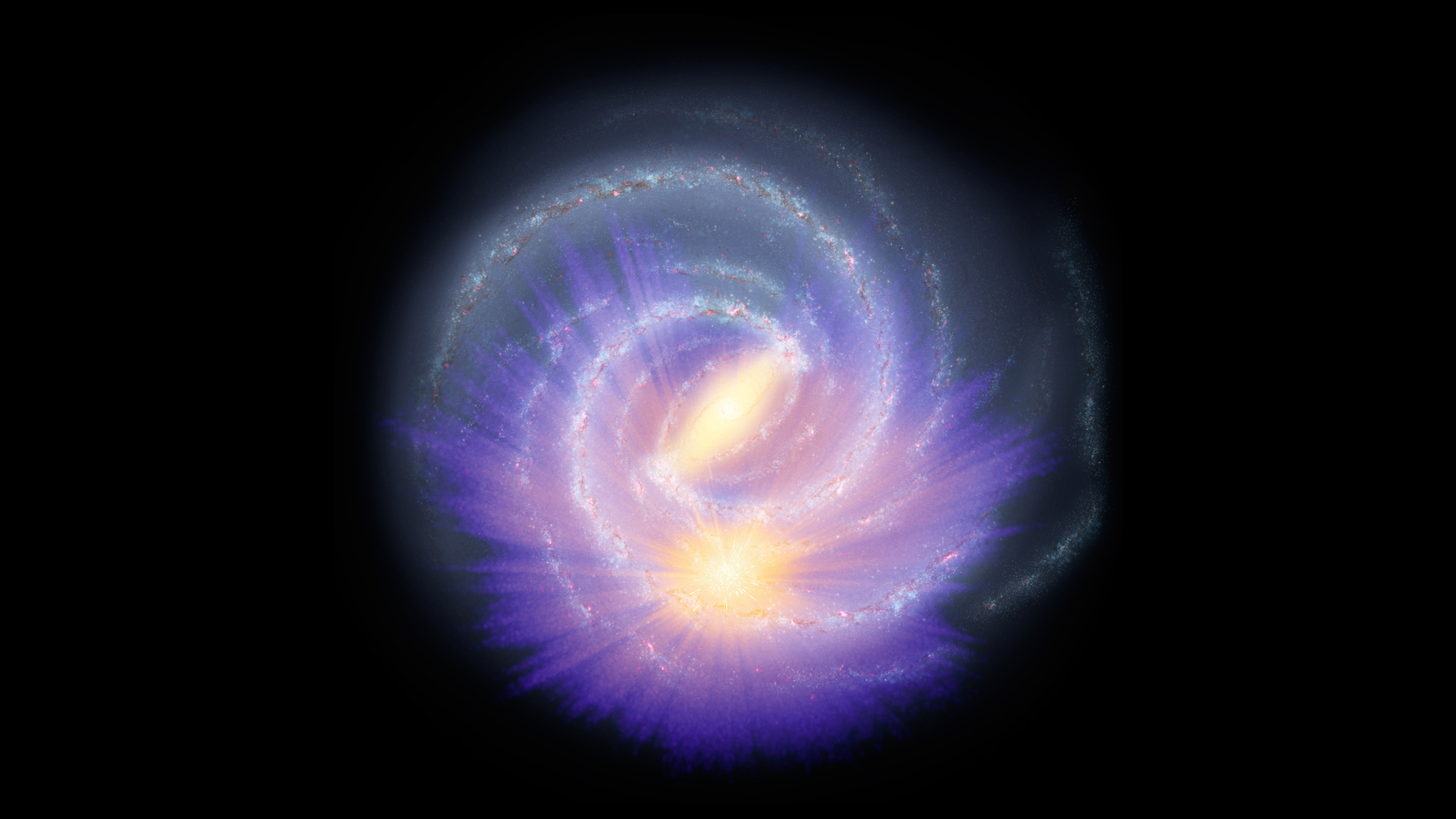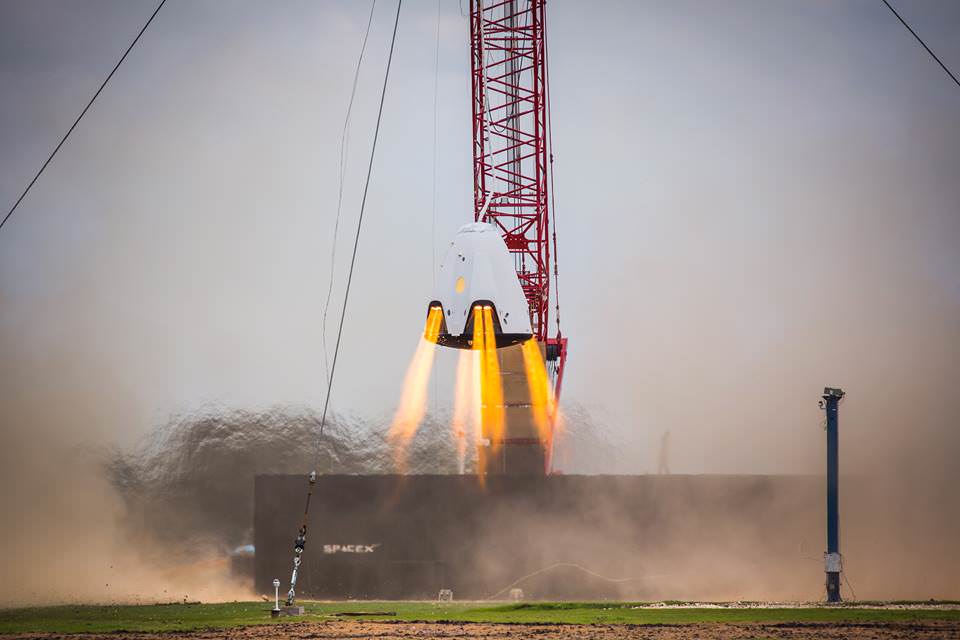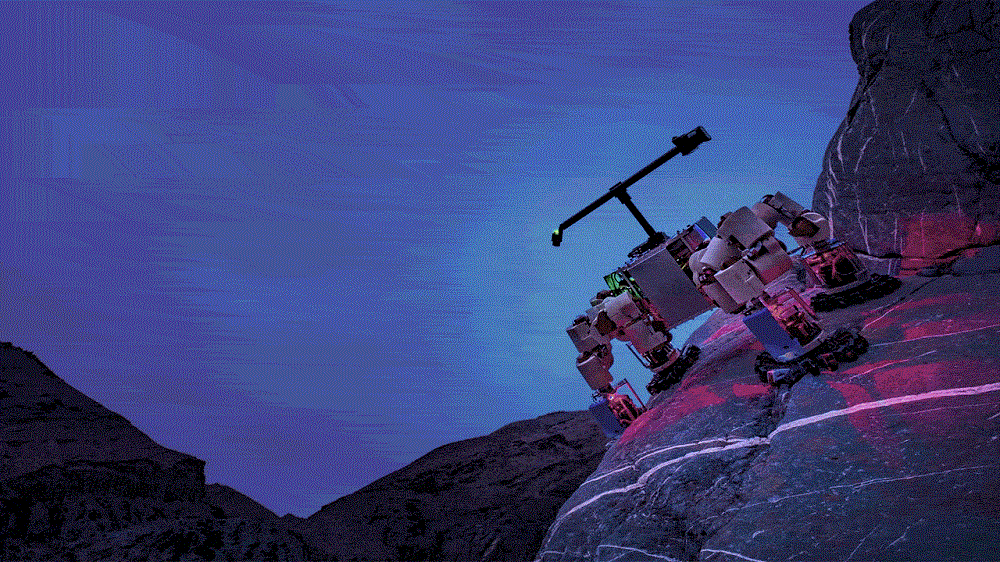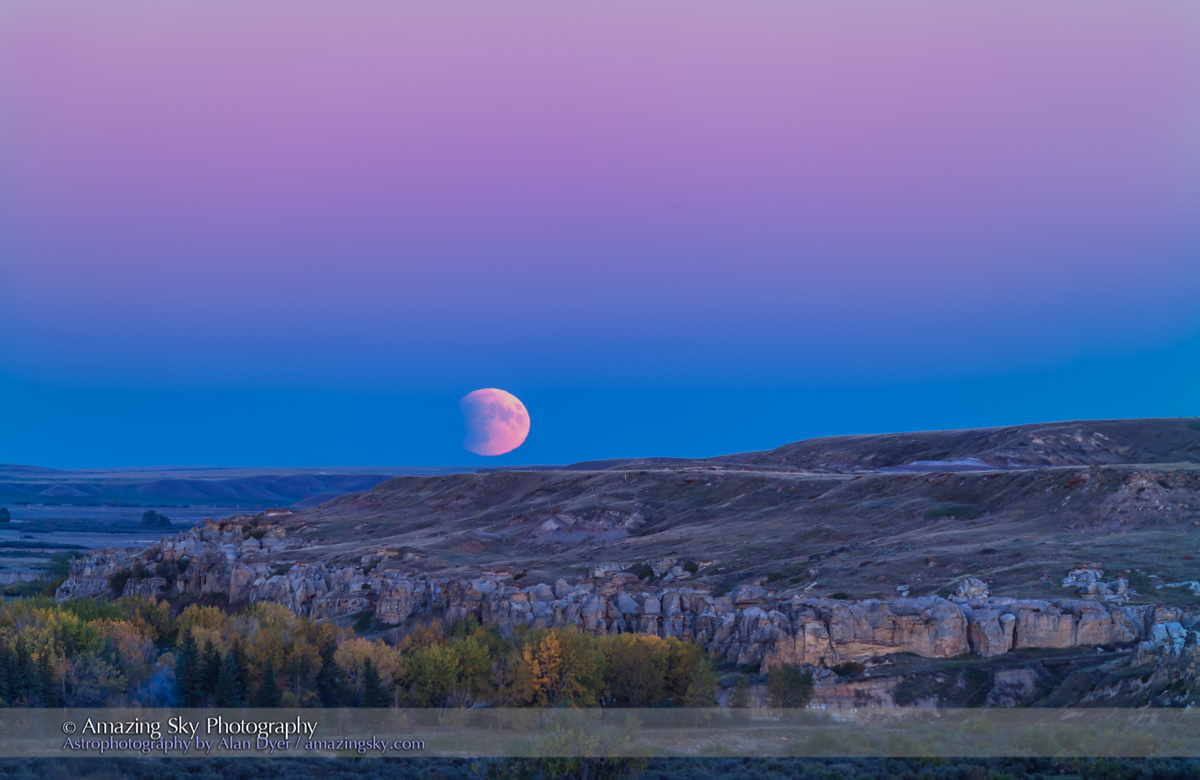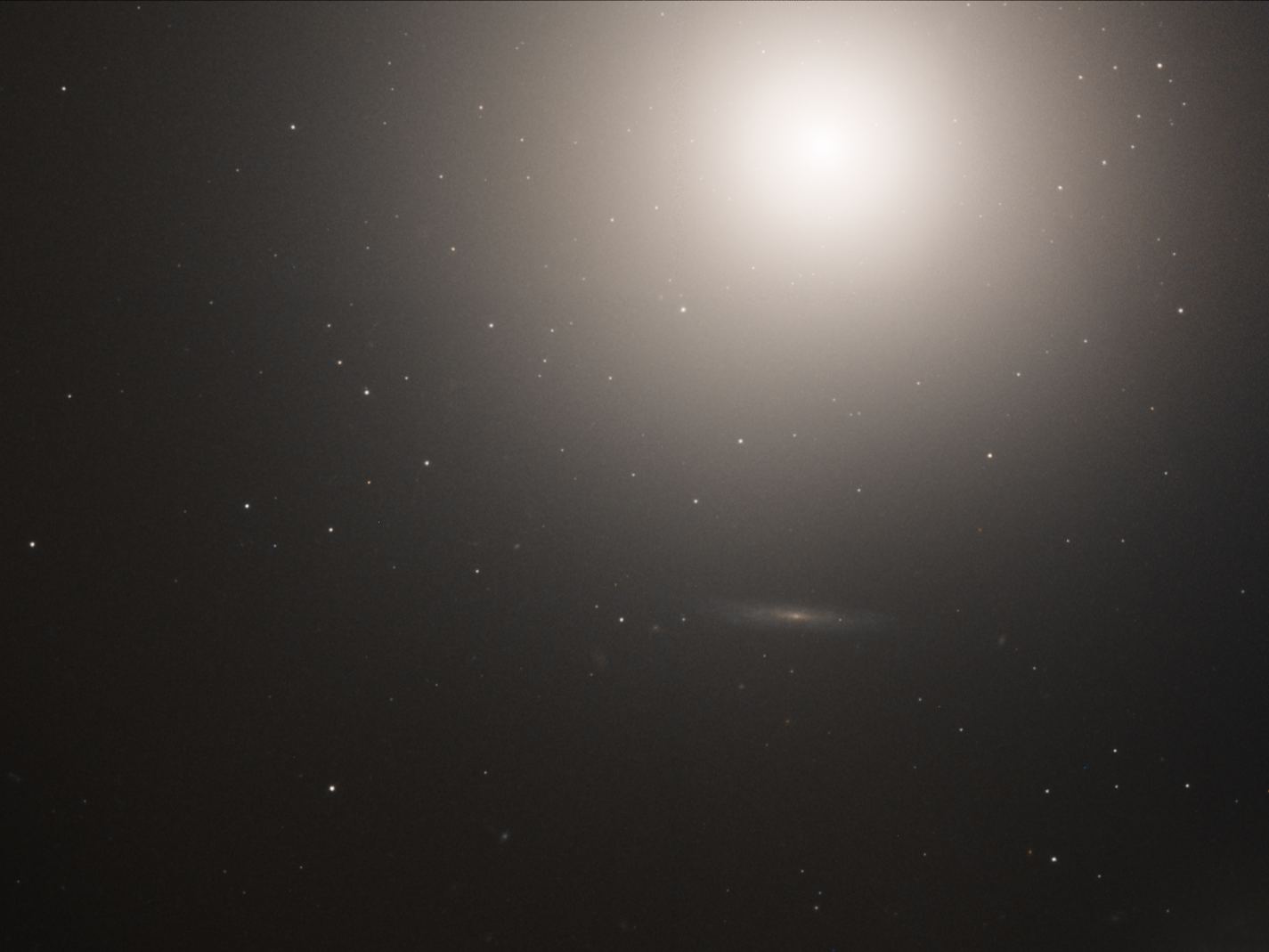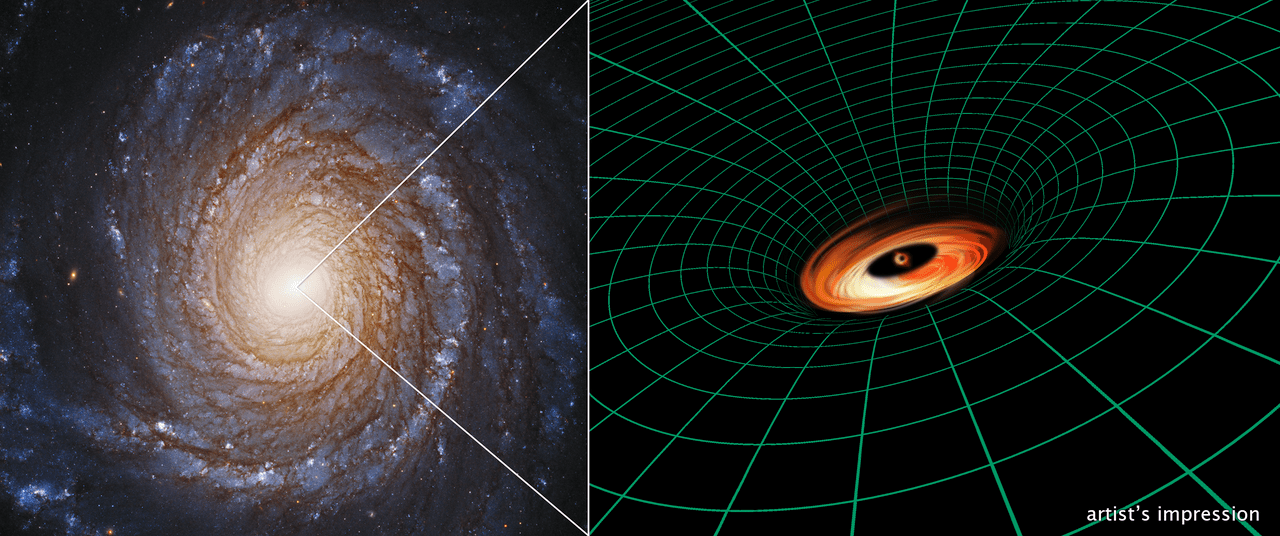In accordance with Space Policy Directive-1 – which was issued on December 11th, 2017 – NASA is busy developing all the necessary hardware to return astronauts to the Moon. On March 26th, 2019, NASA was officially directed to expedite the process and land the first astronauts of the post-Apollo era around the lunar South Pole by 2024. This mission is named Project Artemis, who is the twin sister of Apollo in Greek mythology.
Over the weekend, Vice President Mike Pence visited the Neil Armstrong Operations and Checkout Building at NASA’s Kennedy Space Center in Florida to commemorate the 50th anniversary of the Apollo 11 Moon Landing. The occasion also saw the unveiling of the Orion crew capsule that will be used for the first Artemis lunar mission. The event, therefore, served as both a retrospective and a look at the future of lunar exploration.
Continue reading “VP Pence Unveils the Spacecraft that will Take Astronauts Back to the Moon in 2024!”
